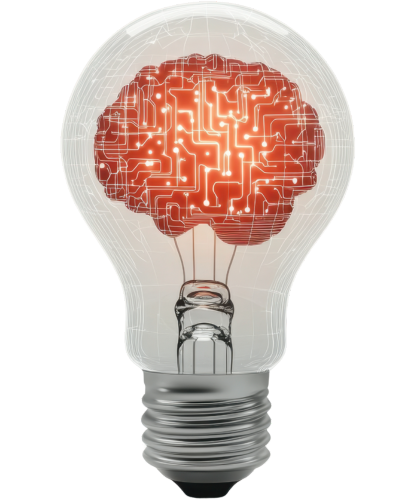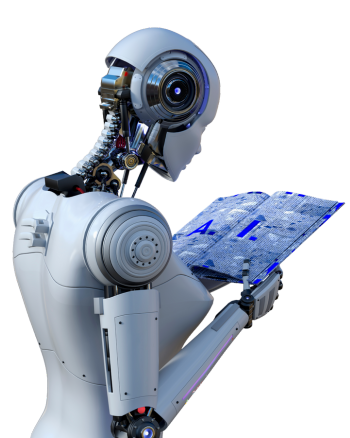




Generative artificial intelligence (GenAI) is reshaping traditional paradigms of creation. Systems such as ChatGPT, DALL·E, Midjourney, and Stable Diffusion are now capable of producing text, images, music, and audiovisual works of a quality that sometimes rivals that of human creators. This technological disruption raises fundamental questions for European copyright law, which was conceived in an era that did not anticipate machine-generated creativity.
The report “Generative AI and Copyright: Training, Creation, Regulation” (PE 774.095, July 2025), commissioned by the European Parliament’s Committee on Legal Affairs (JURI) and authored by Professor Nicola Lucchi, provides an in-depth analysis of these tensions. It highlights gaps in the current legal framework concerning the training of AI models and the status of the content they generate. Through a critical and forward-looking approach, the report offers recommendations to strike a balance between technological innovation and the protection of authors’ rights.
Training generative AI models requires ingesting and analyzing billions of works, a significant portion of which are protected under copyright law. This process involves acts of reproduction within the meaning of Article 2 of Directive 2001/29/EC (the “InfoSoc Directive”), which grants authors the exclusive right to authorize or prohibit the reproduction of their works, including temporary reproductions. In Infopaq International A/S v. Danske Dagblades Forening (C‑5/08), the CJEU confirmed that even fragments of works may enjoy copyright protection if they reflect the author’s originality.
The Directive (EU) 2019/790 (the “DSM Directive”) introduced two TDM exceptions:
However, the report observes that these provisions are ill-suited to the realities of GenAI. Opt-out mechanisms (e.g., metadata, robots.txt) are technically insufficient, and the fragmented national transpositions of Article 4 create significant legal uncertainty for stakeholders.
The AI Act (Regulation (EU) 2024/1689) imposes transparency obligations on providers of general-purpose AI models (Articles 53 and 55). While these requirements enhance oversight, they do not resolve the core issue: whether mass reproductions of copyrighted works for AI training require prior authorization from rightsholders. The report calls for a shift to an opt-in regime, requiring developers to obtain explicit permission before using protected works in training datasets.
CJEU jurisprudence (notably Painer (C‑145/10) and Levola Hengelo (C‑310/17)) has established that copyright protection requires a “work” to result from “the author’s own intellectual creation” reflecting “free and creative choices.” Works autonomously generated by AI, absent meaningful human intervention, fail to meet this standard and, according to the report, should be excluded from protection.
The report emphasizes that protecting AI-assisted works necessitates a nuanced assessment of human input. Merely entering prompts into a GenAI system does not suffice to claim authorship. However, actions such as selecting outputs, iterating prompts, editing, or creatively combining AI-generated content may qualify as intellectual creation.
To avoid divergent national approaches, the report recommends:
The report warns of a potential “dilution of human creativity” if hybrid works are granted broad protection. It also highlights risks to moral rights (Article 6bis of the Berne Convention) where AI manipulates or derives from human-authored works without consent.
The report advocates establishing a European register of permissions and requiring developers to use traceability technologies to ensure compliance with rightsholders’ rights.
The introduction of an extended collective licensing system or a statutory remuneration scheme, inspired by private copying levies (Article 5(2)(b) of the InfoSoc Directive), is proposed to address the value gap between AI developers and creators.
The report calls for creating a dedicated “AI and Copyright” unit within the European AI Office to oversee compliance audits and coordinate regulatory efforts.
The European Parliament’s July 2025 report is a call to action. It underscores the need not to sacrifice authors’ rights on the altar of innovation but to establish a framework that ensures:
“The European Union has an opportunity to become a model for balanced governance, reconciling technological innovation with the preservation of cultural diversity.”



